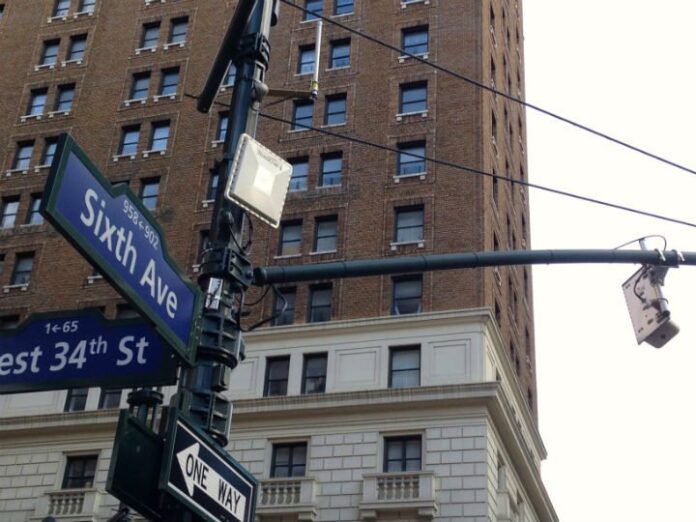There has been a lot of talk about small cell deployments in the past years. These low-powered, wireless radio access nodes are designed to be installed locally in cities’ dense, high-traffic environment to augment macro cells. They promise greater capacity, better signal quality – lower to the ground – enhanced quality of experience and less interference, precisely where subscribers access their voice and data.
While small cells do present an interesting proposition, the system has left operators with a feeling of “not there yet.” The reason? Implementation. Small cell backhaul architecture differs substantially from the conventional network configuration, requiring integration into an existing environment – especially complicated when considering wireless backhaul. Among the challenges:
Street deployment – In a crowded city location, there is a need to be in and out of the location quickly. That means simpler installations. Obstructions, such as buildings, which limit visibility between near ground-level sites and microcell sites, also need to be accounted for. In this situation, non-line-of-sight backhaul capabilities need to be implemented. And finally, the bureaucratic hassles of time-limited parking permits, as well as other authorizations, need to be dealt with.
Multiple scenarios – In a dense urban environment, deployments aren’t “one size fits all.” They differ according to needs. Lower-capacity links require point-to-multipoint, street-level to rooftop sites. Short-distance links require deploying a chain of street-level sites. Longer links with less capacity suit remote, isolated sites. Other deployments may require high-capacity aggregation links.
No matter which scenario works, many variables need to be considered: installation location, capacity requirements, links distance, interference levels and latency.
Large-scale network planning and implementation – These types of environments complicate efforts at effective planning for high-capacity networks, and take up a lot of time and money. They also require adopting different, perhaps less familiar, deployment methodology, switching from link-by-link commissioning to multiple site installation, each requiring backhauling to one, central location.
For every challenge, a solution can be found. In this case, a unified small cell backhaul solution simplifies planning and deployment. Faster deployment means faster time to revenue – by as much as 30%. It’s the solution that can save 35% of deployment operating expense, because of quick, easy installation – within half an hour – and a lower footprint. It lets you be prepared for any small cell scenario:
• Common, street-level implementations, featuring point-to-multipoint and point-to-point capabilities that enable zero-touch provisioning to limit installation time at city locations;
• Short, very-high-capacity links that can scale to 2.5 gigabits per second;
• License-exempt, short very-high-capacity links that can scale to 2.5 Gbps; and
• Longer links for small cell aggregation or remote, small cell backhauling.
Dudy Cohen is the director of strategic product marketing at wireless backhaul specialist Ceragon.
Editor’s Note: In an attempt to broaden our interaction with our readers we have created this Reader Forum for those with something meaningful to say to the wireless industry. We want to keep this as open as possible, but we maintain some editorial control to keep it free of commercials or attacks. Please send along submissions for this section to our editors at: dmeyer@rcrwireless.com.

